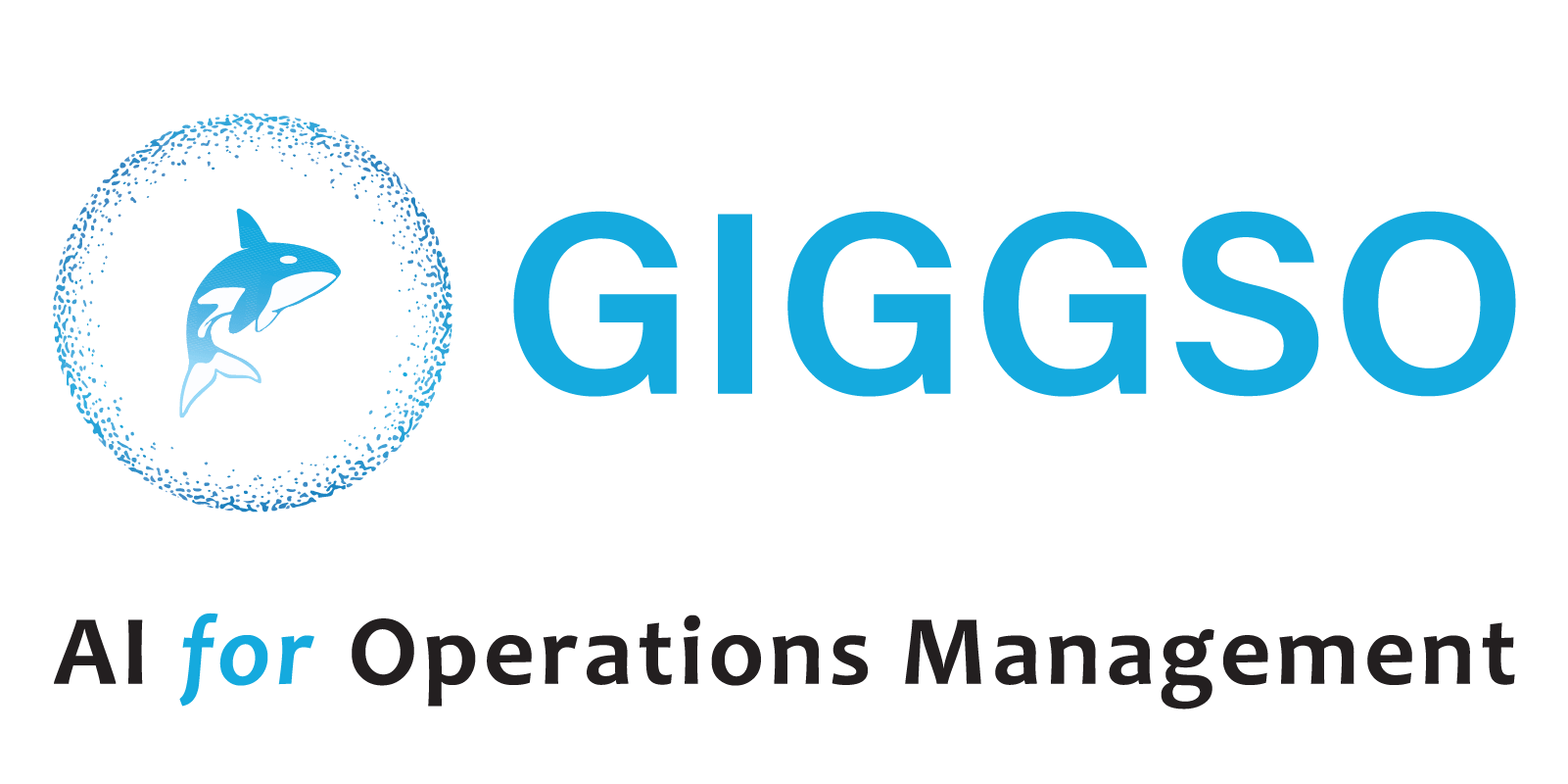In today’s rapidly evolving digital landscape, organizations are constantly seeking innovative ways to accelerate their digital transformation journey and optimize their workflows for enhanced productivity. The convergence of AI and automation empowers organizations to streamline their operations, make data-driven decisions, and unlock new levels of efficiency and success
AI orchestration plays a pivotal role in digital transformation initiatives through efficient data management, AI-powered analytics, and predictive modeling. By embracing AI orchestration, businesses can leverage the power of AI technologies to unlock new levels of efficiency, agility, and innovation.
In this blog post, we will explore the concept of AI orchestration, its key components, benefits, implementation considerations, and real-world use cases of AI orchestration.
AI Orchestration
AI orchestration is the process of seamlessly automating and coordinating the flow of data and tasks across multiple AI systems, algorithms, and workflows to deliver valuable insights and automated actions.
AI orchestration is a relatively new field, but it is growing rapidly due to the increasing availability of AI technologies and the growing demand for AI-powered solutions. By orchestrating AI components, organizations can leverage the strengths of individual technologies and create a holistic AI ecosystem that drives business value.
There are many sectors successfully incorporating orchestration techniques to enhance their productivity. Some of the examples include,
- Intelligent Virtual Assistants like Amazon Alexa, Google Assistant, and Apple Siri where technologies like speech recognition, natural language processing, and machine learning, work together to deliver personalized and contextual conversational experiences.
- Supply Chain Optimization sector where AI technologies like predictive analytics, demand forecasting, and inventory management systems collaborate to ensure timely deliveries and minimize costs.
Why Orchestration for AI Business Landscape
- Enhanced Efficiency and Productivity: AI orchestration plays a crucial role in automating and streamlining complex workflows, enabling organizations to achieve higher levels of efficiency and productivity. By intelligently coordinating tasks and data flow, organizations can reduce manual effort, minimize errors, and expedite decision-making processes.
- Optimized Resource Allocation: With AI orchestration, organizations can effectively allocate and manage their AI resources. By dynamically assigning tasks to the most suitable AI components, organizations can optimize computational resources, reduce latency, and ensure efficient utilization of AI capabilities.
- Accelerating digital transformation: AI orchestration enables the integration of diverse AI technologies, such as machine learning, natural language processing, computer vision, and robotic process automation. This integration fosters collaboration among different AI systems, enabling them to work together synergistically and unlock new possibilities.
- Scalability and Flexibility: As organizations scale their AI initiatives, managing and expanding AI capabilities can become complex. AI orchestration provides the necessary framework to scale AI deployments seamlessly. It allows organizations to easily add new AI components, adapt to changing business needs, and integrate AI functionalities into existing systems and processes.
Different AI Orchestrations
By leveraging available different AI orchestrations, organizations can drive innovation, efficiency, and success in their AI initiatives.
|
Type |
Definition | Process Flow |
Example |
| Rule-based Orchestration | Based on predefined rules for AI component interactions | A set of rules are defined that determine how the AI systems interact with each other. | For automated customer support systems like loan approval applications based on the applicant’s credit score |
| Event-driven Orchestration | is an event listener that triggers actions based on specific events or conditions | Events are triggered when certain conditions are met, and the AI systems are then notified to take action. | Event-driven orchestration for real-time fraud detection and sending alerts to the system |
| Model-based
Orchestration |
Managing models to guide the behavior and interactions of AI components | Execution based on predefined models and dependencies to predict the best course of action | Model-based orchestration to recommend products to customers based on their past purchase history and browsing behavior. |
| Agent-based Orchestration | Autonomous agents collaborate and make decentralized decisions | Parallel execution with agents (autonomous entities) communicating and cooperating among themselves and with the environment. | To simulate the behavior of the crowd by creating agents each with their own rules and interacting with each other and with the environment. |
| Cloud Orchestration | Managing and coordinating cloud resources and services | Deployment and management of cloud infrastructure | Cloud orchestration for auto-scaling and deploying a new model to the platform |
Table 1. Shows different types of AI orchestrations available
AI Orchestration Vs AI Automation
AI orchestration focuses on integrating and coordinating multiple AI technologies, algorithms, workflows, and different AI components to work together cohesively to deliver optimal results. Through orchestration, data scientists can collaborate more effectively, by providing a centralized platform for sharing data and models.
AI automation focuses on automating specific repetitive tasks and processes within the data science workflow. This can include tasks such as data cleaning, feature engineering, model training, and model deployment. It aims to reduce manual effort and increase accuracy and efficiency by leveraging AI technologies to handle routine and time-consuming activities.
Both AI orchestration and AI automation are powerful instruments with unique benefits, and combining these methods can increase productivity even further. Organizations may establish a healthy balance between flexibility, cooperation, and efficiency by deliberately orchestrating and automating various phases of the data science workflow.
The best approach for data science productivity depends on the specific tasks that need to be automated. If the tasks involve multiple AI systems, then AI orchestration is a good choice. If the tasks are repetitive and time-consuming, then AI automation is a good choice. In some cases, a combination of AI orchestration and AI automation may be the best approach.
For example, AI orchestration could be used to automate the flow of data between different AI systems, while AI automation could be used to automate specific tasks within each AI system.

